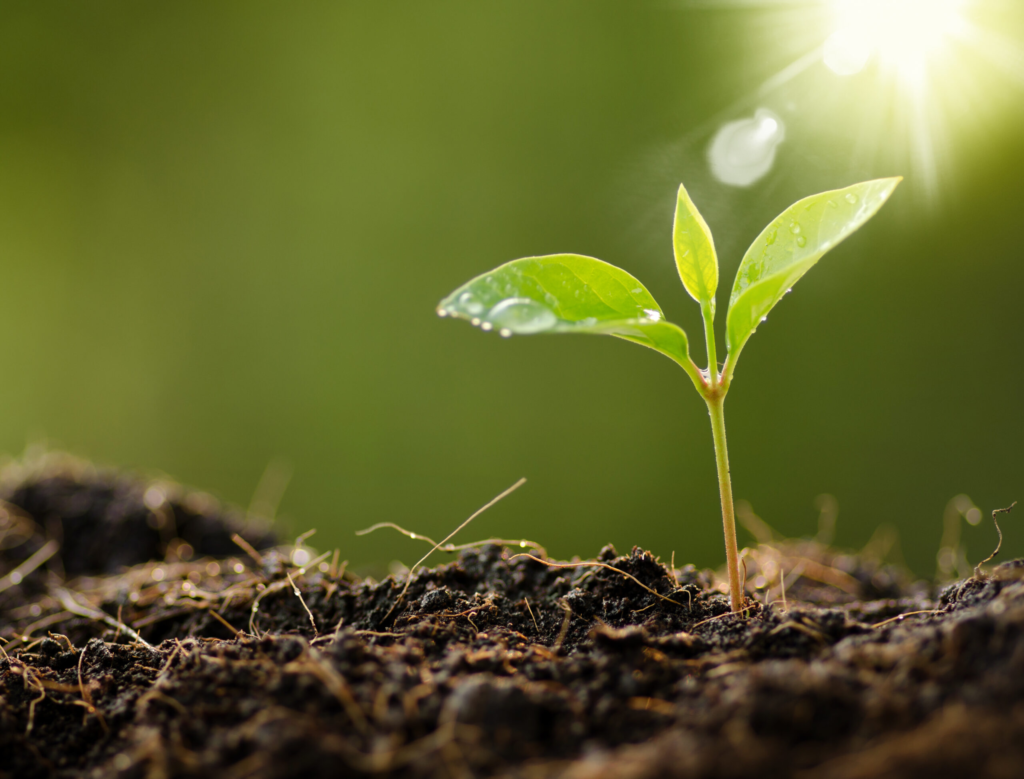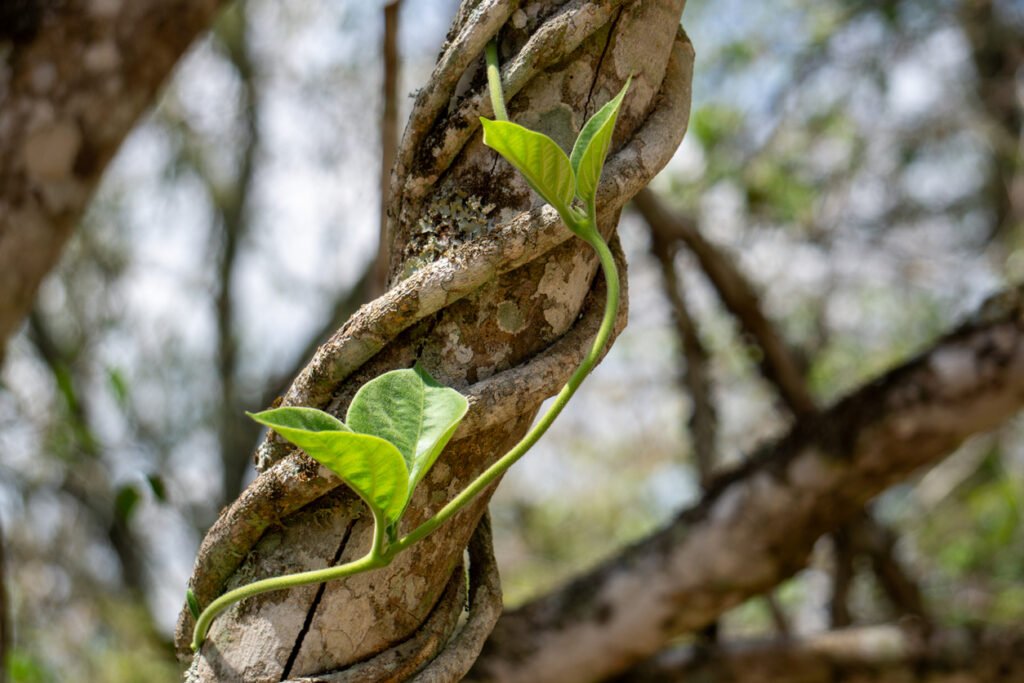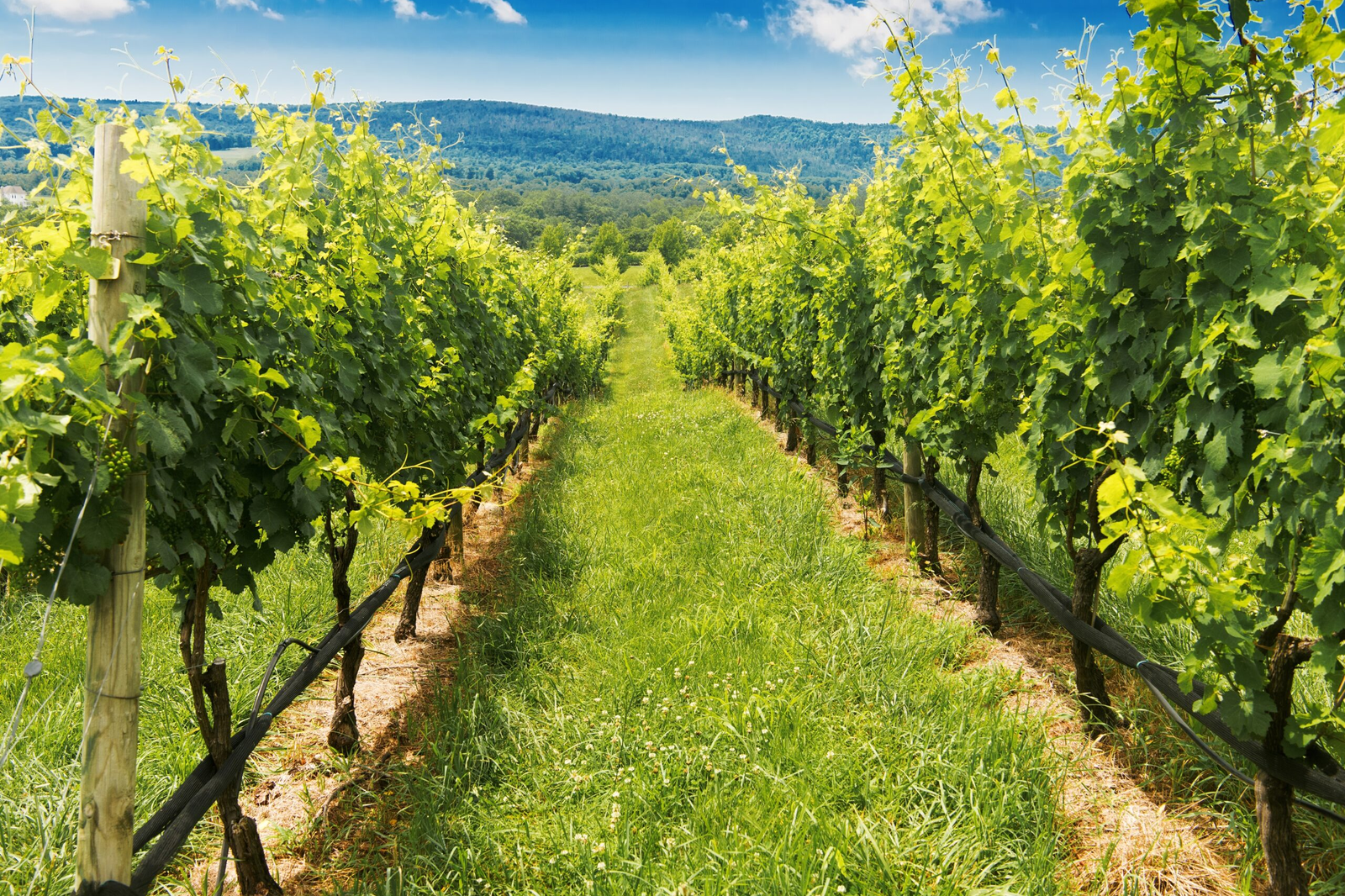Yes, Plants Move Just Not Like Animals

If you think plants are still, quiet, and stuck in place for life, you’re not alone, most of us do. After all, they don’t run, swim, or flap around like animals. But scientists who study plant biology know that plants actually move quite a lot ,we’re just usually too impatient to notice. Instead of fast bursts of motion, plants shift and sway in ways that take minutes, hours, or even days to unfold.
Their movement is purposeful and often tied to light, gravity, water, or touch. Roots grow downward and twist around rocks. Stems bend toward sunlight. Leaves fold when it rains. These are not random shifts. They are survival strategies. Time-lapse photography has captured plants stretching, bending, and even competing for space. So while you might not catch a daisy in mid-sprint, rest assured your houseplants are quietly on the move, and they’re way more active than they look.
Sunlight Makes Plants Turn and Twist
One of the most dramatic examples of plant movement is phototropism, how plants grow toward light. If you’ve ever noticed a sunflower turning its face to follow the sun, or a windowsill plant leaning toward the glass, you’ve witnessed this in action. It’s not just a coincidence. Plants detect the direction of sunlight and slowly reorient their stems and leaves to soak up as much of it as possible.
Experts explain that this movement happens because light affects the distribution of growth hormones inside the plant. Cells on the shaded side grow longer, causing the plant to bend toward the light. It’s a silent, slow-motion chase scene playing out every single day. And it’s not just beautiful, it’s essential. Light is life for a plant. These subtle, graceful twists and turns are how they maximize photosynthesis and energy intake, even when stuck in the soil.
Roots Are Constantly Feeling Their Way Through the Earth
While the leaves and stems reach for the sky, plant roots are busy moving underground. They don’t just shoot straight down. Roots explore, test, and reroute themselves through the soil, searching for water and nutrients. In complex root systems, some branches stretch deeper while others fan out sideways or double back. This movement is essential for the plant’s survival.
Plant biologists describe root movement as a kind of slow-motion sensing. Roots respond to gravity, moisture, temperature, and even chemical signals left behind by other organisms. Some can even detect toxins and steer away from harmful areas. Though we rarely see this hidden journey, roots are constantly shifting direction, breaking apart soil particles and creating microscopic trails through dirt. It’s a reminder that even the parts of a plant we never see are quietly alive, active, and incredibly smart in their own way.
Some Plants Move in Real Time
While most plant movements are slow and steady, a few species move fast enough for us to see it happen. The Venus flytrap is probably the most famous example — snapping shut in a fraction of a second when an insect touches its sensitive hairs. The sensitive plant, Mimosa pudica, also folds its leaves instantly when touched, a defense mechanism thought to scare off or deter herbivores.
Scientists studying these plants note that this kind of movement doesn’t rely on muscles like in animals, but on rapid changes in cell pressure. Water rushes in or out of certain cells, causing the plant to contract or curl. It’s a simple yet effective system powered entirely by physics and chemistry. These real-time reactions remind us that not all plants live in slow motion. Some have evolved quick, dramatic moves that challenge everything we assume about how plants behave.
Plants Know Up from Down And Act On It
Another surprising type of plant movement is gravitropism, the ability of plants to sense and respond to gravity. Drop a seed on its side and watch what happens: the roots will grow down into the soil, and the stem will curve up toward the sky. This isn’t luck. It’s the plant detecting which way is down and adjusting its growth accordingly.
Experts explain that cells in the root tips contain tiny starch-filled structures that settle in response to gravity. These act like internal levels, helping the plant determine direction and trigger hormone shifts that guide growth. This means even in total darkness, underground, or upside down, plants can figure out how to orient themselves correctly. It’s a built-in GPS that doesn’t need a satellite or signal. Instead, it uses nature’s forces to map the way toward stability, nourishment, and light.
Climbing Plants Reach Out to the World

Some plants don’t just move, they reach. Vines and creepers, like peas or morning glories, grow by sending out tendrils that twist and curl as they search for support. When they find something, a stick, a fence, or another plant, they latch on and climb upward, often wrapping tightly around their host. This behavior is called thigmotropism, which means movement in response to touch.
Plant scientists describe this touch sensitivity as a slow but deliberate process. The tendrils gently tap and test their surroundings until they find something sturdy. Then they begin to curl, using tension to hold on as the rest of the plant follows. This climbing behavior helps plants access sunlight without growing thick, woody trunks. It’s a brilliant strategy that lets them move through their environment using external structures for support like borrowing the strength of others to get where they need to go.
Some Flowers Track the Sun All Day Long
Certain plants don’t just grow toward sunlight — they follow it, hour by hour. This movement, called heliotropism, can be seen in sunflowers before they reach full maturity. During the day, young sunflowers rotate their heads from east to west to track the sun’s path, and then reset overnight to face east again, ready for the next sunrise.
Researchers have found that this movement is tied to a plant’s internal circadian rhythm. Just like animals have body clocks, so do plants. The turning behavior is driven by unequal growth on either side of the stem, controlled by hormones that respond to both light and time. This slow rotation helps maximize sunlight absorption, giving the plant more energy for growth and reproduction. Once the sunflower matures and blooms fully, it usually stops moving and stays facing east — but during its growth phase, it’s a living, turning solar panel.
Plants Can React to Sound and Vibration
One of the most surprising areas of plant research involves their response to sound. While they don’t have ears, some studies suggest that plants can react to specific vibrations — including those made by insects, flowing water, or even human speech. For example, certain plants have been observed to increase nectar production when exposed to the sound of a pollinating bee.
Botanists are still exploring how this happens, but the leading theory is that mechanical vibrations from sound waves are detected by plant cells, triggering biochemical responses. These subtle vibrations may help plants tune in to their environment, signaling when to open flowers, when to conserve energy, or when predators are nearby. It’s an emerging field, but it opens up an entirely new way of thinking about how plants interact with the world — not just visually or chemically, but perhaps acoustically too.
Carnivorous Plants Use Motion to Catch Prey
Carnivorous plants are masters of movement, using speed and sensitivity to trap unsuspecting insects. While the Venus flytrap is the poster child, there are many others — like the sundew and pitcher plant — that rely on motion to feed. Sundews, for instance, have sticky tentacles that slowly curl around their prey once it lands, while pitcher plants create slippery surfaces that cause insects to slide into digestive chambers.
These movements, though slower than the snap of a flytrap, are still dynamic responses to touch. Once triggered, cells change shape or release sticky substances, setting the trap in motion. These plants move not to run or hide, but to eat — a rare and thrilling example of movement as a means of survival in the plant kingdom. They challenge the assumption that only animals hunt, showing that even rooted, silent beings can be predatory in their own way.
Seedlings Move to Break Free of the Soil
Every plant’s first movement is also one of its most dramatic. When a seed germinates, the emerging shoot must push upward through dense soil to find light, while the root moves downward to anchor and feed it. This motion takes tremendous strength for something so small — and it’s guided entirely by environmental cues.
Scientists explain that seedlings grow by building pressure in their cells and elongating in just the right direction. They’re constantly adjusting their path, twisting and bending around pebbles or other roots to reach the surface. These movements are vital for survival and can be affected by light, temperature, and moisture levels. Watching time-lapse videos of seedlings emerging can feel like watching a slow but powerful birth. It’s proof that movement is part of a plant’s life from the very beginning, even before we ever see its leaves.
Trees Sway with Purpose Not Just Wind
We often see trees swaying in the wind and assume it’s just passive motion. But researchers have found that trees actually respond to movement in ways that help them grow stronger. When wind or physical touch bends a tree, the cells at the site of movement activate special growth responses. The tree thickens, stiffens, or redirects its trunk to compensate for the stress.
This is called thigmomorphogenesis, and it’s a kind of motion-triggered remodeling process. Instead of ignoring the pressure, trees adjust to it — building resilience through movement. It’s why trees in windy environments often grow shorter and sturdier than those in still areas. They’ve literally reshaped themselves to stand up to their surroundings. Movement, in this case, isn’t about escaping or reaching. It’s about enduring.
The Green World Moves, Just on Its Own Time

When we think of movement, we picture fast, visible motion. But plants challenge that definition. They move through growth, response, and interaction, shaping themselves to their environment in ways that are subtle but powerful. While they don’t pace across the floor or leap through the air, plants reach, bend, grasp, curl, and sway with purpose, all guided by signals from light, touch, gravity, and even sound.
Botanists argue that movement doesn’t have to be fast to be meaningful. In fact, plant motion often shows us a kind of patience and intelligence that animals can’t replicate. The secret lives of green things are full of tiny, deliberate acts of survival and adaptation. All we need to do is slow down and look a little closer and the stillness of plants starts to come alive.
